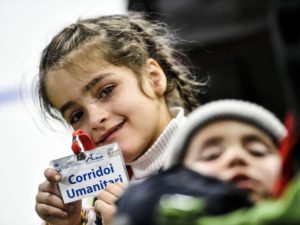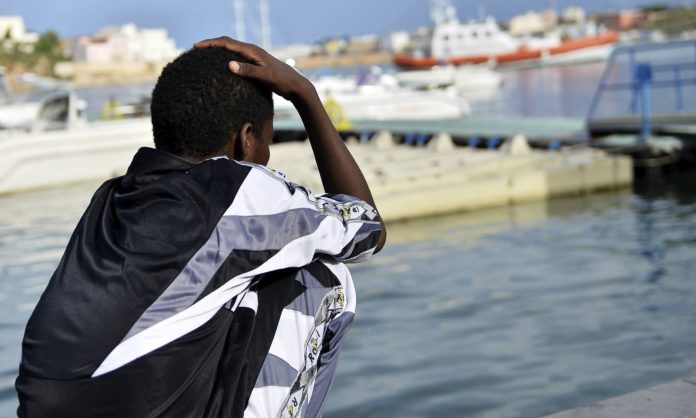Roma (NEV), 12 April 2018 – “Knowledge is power”, goes the saying. A maxim which is perhaps even more pertinent for those who need international protection. How does someone apply? What are the criteria? How can those criteria be properly satisfied? Unless those in need of international protection understand how to ask for it, an often long and dangerous journey to a safe port to obtain international protection will be entirely in vain.
This was the subject of a recent European meeting at Valletta (Malta) hosted by the European Asylum Support Office (EASO), in which around thirty organisations participated, sharing tools, success stories and the many challenges faced. Fiona Kendall was there on behalf of the Mediterranean Hope Refugees and Migrants Programme of the Federation of Protestant Churches in Italy (FCEI) to exchange examples of good practice taking place throughout Europe.
“The reality,” explains Kendall, “is that many migrants have little or no understanding of the protection to which they may be entitled nor, indeed, its limitations. Given that, in most cases, they must set out their position within days or even hours of arriving in Europe, such a lack of knowledge could prove fatal.”
Despite the existence of supra-national guidelines, information provided by officials is rarely consistent. Civil society plays an important role in providing to those who arrive the information they may need to progress a claim for asylum and begin a new life in Europe. “Excellent tools, such as smartphone apps, YouTube videos and child-friendly materials have been developed by different organisations but, until now, these initiatives have  been piece-meal,” adds Kendall, who presented the humanitarian corridors project in Malta. “The experience of safe and legal pathways from Lebanon, in place for over two years now, represents a unique opportunity to provide information to participants in the programme before they undertake a journey. The ecumenical team operating in Beirut has developed information sessions on legal and practical matters to ensure that every participant in the programme has a full understanding of what he or she will face before leaving and on arrival.”
been piece-meal,” adds Kendall, who presented the humanitarian corridors project in Malta. “The experience of safe and legal pathways from Lebanon, in place for over two years now, represents a unique opportunity to provide information to participants in the programme before they undertake a journey. The ecumenical team operating in Beirut has developed information sessions on legal and practical matters to ensure that every participant in the programme has a full understanding of what he or she will face before leaving and on arrival.”
Kendall concluded: “The EASO meeting acknowledged this to be a rare example of best practice made possible by the structure of the humanitarian corridors programme”.
Today, at the #EASOCF Thematic Meeting on access to information, European #civilsociety organisations are discussing how to better provide info to #asylum seekers. Participants are sharing experiences on informing migrants via hotlines, publications or communication campaigns pic.twitter.com/G5myhjcJE2
— EASO (@EASO) March 28, 2018




























